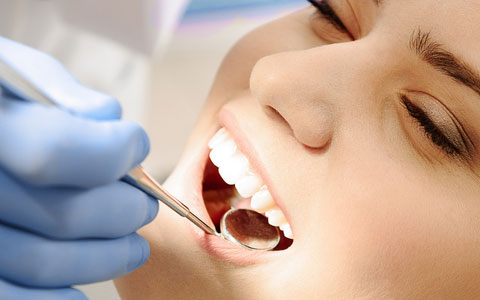Dental Terms
Temporomandibular Disorders Fort McMurray
Temporomandibular disorders, often referred to as TMD, encompass various problems related to jaw movement and discomfort in and around the jaw joints.
The temporomandibular joints (TMJ) connect the lower jawbone (mandible) to the skull, allowing for a wide range of movements necessary for activities such as talking, chewing, and yawning. These joints are among the most frequently used in the body.
Many individuals experience issues with jaw movement and jaw joint pain at some point in their lives. Diagnosing and treating TMJ disorders can be complex due to the multifaceted nature of joint and muscle problems in this area.
TMD can manifest as pain and discomfort not only in the jaw and jaw joint but also in the muscles of the face, shoulders, head, and neck. Common symptoms include joint pain, muscle pain, headaches, joint clicking or popping sounds, difficulty fully opening the mouth, and instances of jaw locking.
In most cases, TMD symptoms are mild, tend to be intermittent, and often resolve without the need for medical intervention. Approximately 65% to 95% of people who seek medical attention when symptoms first appear will experience improvement, regardless of the treatment they receive.
However, about 12% of individuals with TMD develop persistent (chronic) symptoms. Chronic pain or difficulties in jaw movement can impact essential functions such as speaking, eating, and swallowing, affecting an individual's overall well-being.
One of the most common causes of TMD symptoms is muscle tension, often triggered by stress. Stress-related habits like teeth clenching or grinding can lead to fatigue in the jaw muscles, setting off a cycle of muscle spasms, tissue damage, pain, muscle soreness, and further spasms.
TMD can also originate from problems directly related to the jaw joint, including:
- Injury to the joint or the surrounding tissues.
- Structural issues affecting the joint's shape.
- Joint diseases like osteoarthritis or rheumatoid arthritis.
- Shifting of the articular disc that cushions the joint.
While there is no single definitive test for TMD, your doctor can typically evaluate your condition through a physical examination and by inquiring about your medical history. In some cases, X-rays, CT scans, or MRIs may be employed to assess bone or soft tissue issues related to TMD symptoms.
Most TMD symptoms tend to resolve without medical treatment. Simple home remedies can often alleviate mild jaw discomfort. Initial measures to reduce pain may include:
- Resting the jaw joint.
- Short-term use of medication to reduce inflammation or relax muscles.
- Applying warm, moist compresses to areas of pain.
- Consuming soft foods while avoiding hard or chewy items and refraining from chewing gum.
If you are experiencing symptoms of TMD or persistent jaw discomfort, please contact Dentists at Thickwood at (780) 790-1734 to schedule an appointment with Dr. Rita Patel & Dr. Jasleen Kaur. Our practice is conveniently located at 201A Thickwood Blvd in Fort McMurray, AB, and we are here to help you address your concerns and find relief.
